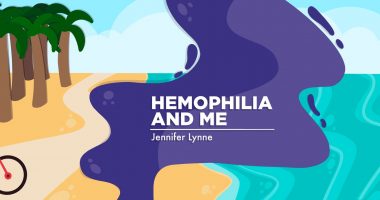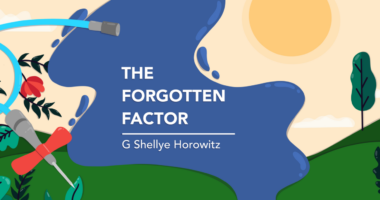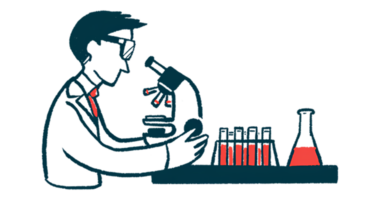What I wish doctors understood about hemophilia
Last updated Aug. 5, 2025, by Jennifer Lynne
Bleeding disorders don’t always follow the rules or a medical textbook, which can leave doctors clueless about how to treat, and patients like me feeling frustrated and misunderstood.
If I could school my doctors about what it’s really like to be a woman living with hemophilia, the following is just a sampling of what I would want to teach them.
Mild is not always mild
Severity levels do not always correlate with bleeding symptoms.
My levels put me in the category level of “mild” hemophilia, but when I am having a bleeding event, my so-called mild bleeding can be life-threatening.
Women can — and do — have hemophilia
We are not just “carrier status.” The term “carrier” is often dismissive and can lead to under-treatment. Women can and do bleed, and may be iron-deficient and anemic.
Even if your lab values are above normal, if you have a family history of hemophilia, ask to be referred to a hematologist so you can be treated properly.
Delayed bleeding is real
Bleeding can start or worsen hours or even days after an injury, surgery, or medical procedure.
Just because bleeding isn’t immediate doesn’t mean the danger has passed.
Hemophilia is not ‘one size fits all’
Treatment needs vary. It can depend on the person, type of hemophilia, comorbidities, age, gender, and even the time of day.
Bleeds are exhausting
Recovery from a bleed isn’t just about stopping the bleeding. Fatigue and pain can linger for days or even weeks, impacting energy and mobility.
Hormones affect bleeding
Menstruation, ovulation, pregnancy, and menopause can dramatically affect bleeding patterns and severity in women with hemophilia or von Willebrand disease.
We need and deserve specialized care.
Always involve a hematologist in the care plan
Even simple procedures like a nasogastric tube or a colonoscopy may require treatment beforehand.
I was told to never let anyone cut into me without first discussing it with my hematologist.
Dental procedures aren’t minor
Tooth extractions, cleanings, and even deep flossing can cause problematic bleeds.
Ask your doctor to coordinate with a hematologist before referring you to the dentist or oral surgeon.
Do not assume treatment is over after an infusion
One dose does not equal full recovery. We often need follow-up doses, pain management, physical therapy, and monitoring for complications.
A nurse once canceled my home infusion simply because it was the weekend and I wasn’t actively bleeding — ignoring the fact that the treatment was the very reason I wasn’t bleeding.
Don’t delay treatment
Waiting to “see if it gets worse” can mean the difference between recovery at home and hospitalization.
Early treatment can prevent a mild bleed from becoming severe.
Pain management matters
Bleeds hurt. Chronic joint and muscle bleeds can lead to long-term damage, arthritis, and debilitating pain.
We deserve real pain management — not dismissal or judgment.
Bruising is not ‘normal’ just because we bruise easily
Frequent or severe bruising isn’t something we should just live with. Bruising needs to be taken seriously. It can be a sign of ongoing bleeding.
Mental health is often affected
Living with hemophilia, an invisible and unpredictable bleeding disorder, can be traumatic.
Anxiety, post-traumatic stress disorder, and depression are common, and should be acknowledged and supported as part of care.
Access to treatment is a barrier, not a choice
If we’re not getting regular treatment, it may be due to cost, insurance restrictions, or lack of a diagnosis.
It’s not because we’re “noncompliant” or don’t care.
We often know our bodies better than doctors do
Many of us have had years of experience distinguishing between normal pain and a bleeding episode.
Please trust us when we say, “This feels like a bleed.”
Hemophilia News Today is strictly a news and information website about the disease. It does not provide medical advice, diagnosis, or treatment. This content is not intended to be a substitute for professional medical advice, diagnosis, or treatment. Always seek the advice of your physician or other qualified health provider with any questions you may have regarding a medical condition. Never disregard professional medical advice or delay in seeking it because of something you have read on this website.
Recent Posts
- For women with hemophilia, speaking up is an act of courage
- Early Hemlibra use prevents bleeding in babies with hem A
- After the dark days of hemophilia, I’m thankful for peace at home
- Women with hemophilia may feel different, but shouldn’t be ashamed
- Preclinical data bring human trial launch closer for MGX-001






